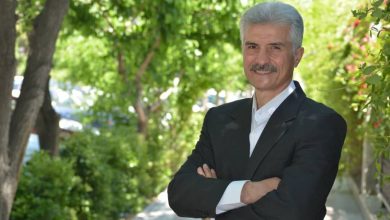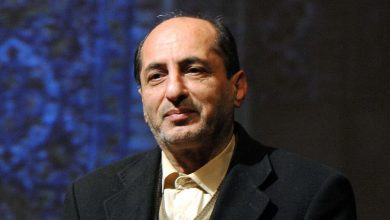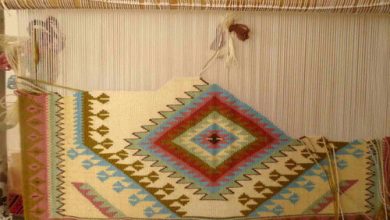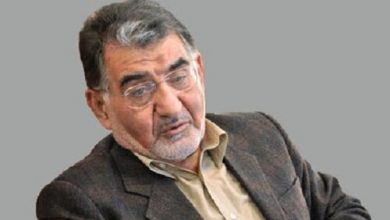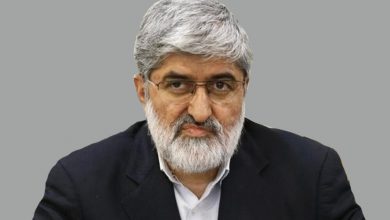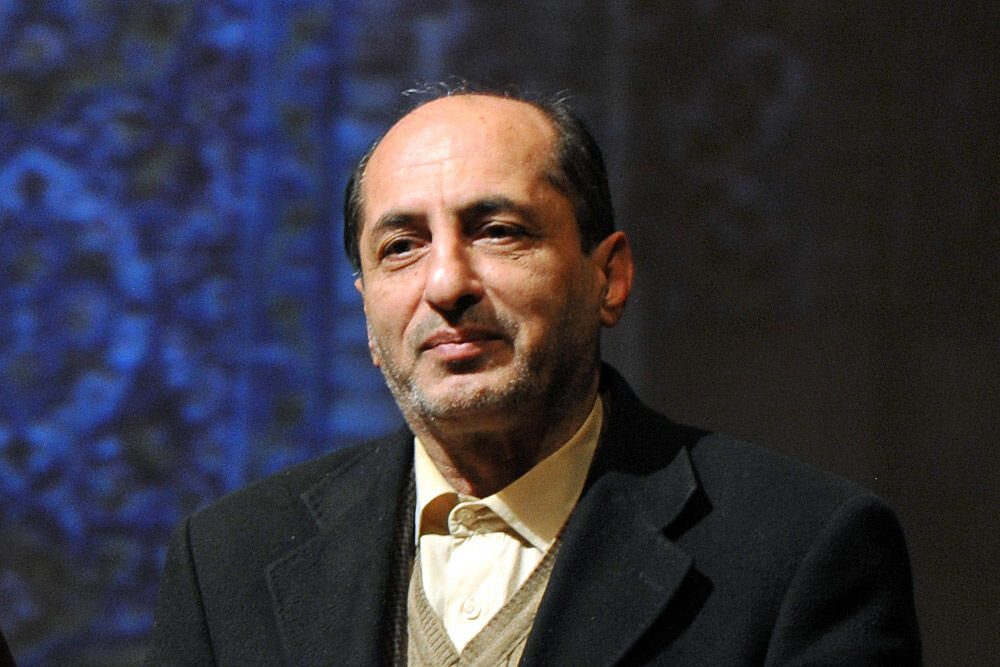
Two thousand five hundred years of Western literature cannot be understood without paying attention to myths, Greek thought, epic, Jewish wisdom, symbolism and Christian piety. Likewise, the customs of Taoism, the principles of Buddhist belief, and the moral principles of Confucianism in Imperial China came together to form and preserve the classical forms of Chinese poetry, drama, prose narration … Hinduism, Judaism, Christianity, etc. The essence of Buddhism, the science of sacred and unholy interpretations, appeared in different periods either in the same form or with mutual influence. Ignoring this interrelationship and the interdependence of its exegetical sciences makes it impossible to properly understand large parts of the literary and religious history of the world. Scholars have repeatedly suggested that some forms of literature, especially poetry and drama, arose directly from religious practices.
The wisdom and exhortations of the prophets in past stories and religious texts inspire writers and artists to create their own literary and artistic works. Arabic and Persian literature is full of these influences. Taking a quick look at the literary texts of the peaks of Persian literature such as Saadi, Hafez and Mawlawi, this influence can be clearly understood, the reflection of the events of Ashura and Karbala in Arabic literature, especially Persian, is so broad that in it was used among the common people in speech and deed, exemplified by the poems of Muhshem, and later We find poets in hundreds of receptions and inscriptions for her character in Taqiyya, Husayniyya, and At-Ta’ziyeh. It has been presented and thousands of books, articles, analyzes and lectures have been presented and is in progress in this field. This connection is also present in the field of sociology, theology, hadiths, and events. For example, the hopeful expectation and longing for a bright future are studied and produced in the poetry of Ashurai, poets, works of calligraphers, painters, drama, film, and media.
In the fifteenth century, as in previous centuries, we see the interaction of religion, literature and art, because, as they say, throughout history, they have always had a two-way and reciprocal relationship. Many artistic disciplines owe their existence to followers of religions and the quality of life and activities that religions provide for them based on their situation. On the other hand, different artistic disciplines are suitable media for communicating the message of religion to the people, and each religion has used a branch or branches of art according to its teachings and decorated the body of its message. He decorated art to prove his message in the hearts and minds of mankind. With this interaction, their message gained greater influence and remained timeless throughout history. An overview of the use of calligraphy in writing the Qur’an, the use of poetry in transmitting Islamic teachings, especially the teachings of Shiites, encouraging the imams (peace be upon them) to write poetry with the content of virtues and Marathi, the use of drama in keeping the martyrdom event alive, and the role of rhetoric in the propaganda of the clergy and . The role of art in promoting Islam.
According to analysts of all kinds of art, from ancient to modern, they found no greater support than religion, but religion had no more effective speaker and interpretation than art. In Western culture, literature played a lesser role than other arts, and music was more in the service of religion. The multiplicity of paintings and sculptures used in churches and the use of music in Christian worship rituals is evidence of the important role of these arts in Christianity. . On the contrary, literature in Islamic culture is the main artistic medium of the religion, and music is the least influential medium (with the exception of the good voice in Quran recitation, rosary and supplication). In Islam, after literature and after music in Christianity, architecture was inspired by religion and served religion more than any other art, and eternal works were created in the construction of religious buildings, altars, domes and temples. In Islam, instead of sculpture and painting, important decorative arts such as calligraphy, gilding, poetry, and book design were developed, along with theater and cinema and in our time, media and virtual space, it was the carrier of the arts. Religious thought. The advantage of this effective communication is that contemporary assets and pockets are poured out and multiplied!
6565


